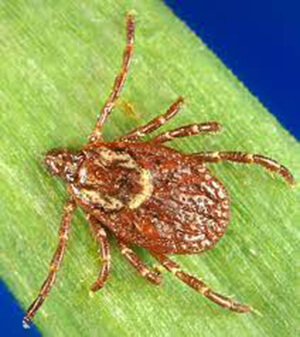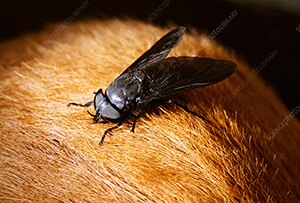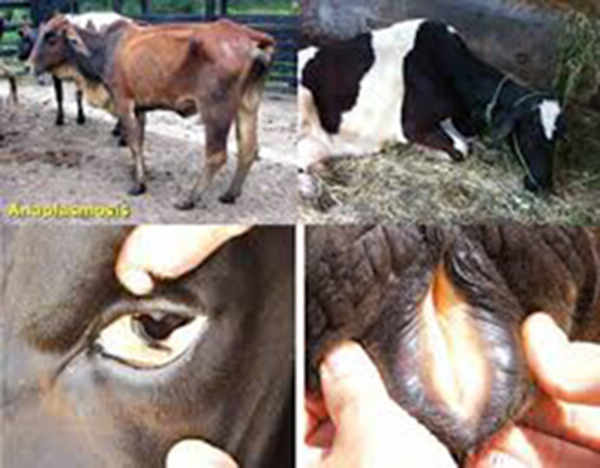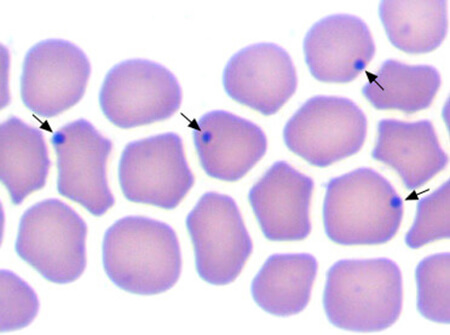Anaplasmosis
Anaplasmosis
What is “Anaplaz?”
Anaplasmosis is a contagious, infectious disease of cattle caused by Anaplasma marginale, a rickettsial bacteria. This microscopic parasite attaches to the animal’s red blood cells and causes the red blood cells to be destroyed, resulting in anemia.
How is it spread?
Anaplasmosis is spread by blood being transmitted from one cow to another. This is predominantly due to horse flies or ticks but can also be caused less commonly by reusing needles, not appropriately cleaning dehorning or castrating tools, or by not changing palpation sleeves when palpating cattle.
What are the symptoms?
Cattle less than 2 years of age become infected but are much more resistant to the disease and rarely show clinical signs. Adult cattle that become infected show symptoms of anemia which include lack of appetite, weakness, shortness of breath when exerted, decreased milk production, and rapid weight loss. They often go down and are unable to get back up again. Due to lack of oxygen reaching the brain, normally docile animals may become belligerent. Pregnant cows may abort. An early sign is an animal not keeping up with the herd, staying off by itself and not coming in for feed. Due to fever, sick animals often try to get in ponds to try and cool off and often go down beside or in the pond.
When examined, the sick animals initially have pale mucus membranes that progress to yellow as jaundice occurs from red blood cell destruction. In females, this is easy to observe by examining the inside of the vulva. Blood from infected animals appears thin and watery. Mild to moderate fever of less than 106F may occur early in the course of the disease but may not be present as the disease progresses. Feces is often firm as the animal becomes dehydrated.
How is it diagnosed?
Anaplasmosis can be diagnosed by examining a blood sample under a microscope by your veterinarian. The bacteria can be seen on the edge of the red blood cell.
How is it treated?
Anaplasmosis in cattle is treatable if caught early enough before the animal becomes severely anemic and weak. The antibiotic oxytetracycline (LA 300) is the treatment of choice.
Can it be prevented?
An FDA-approved vaccine is currently not available in the United States. There is an experimental vaccine available that has been proven to reduce the occurrence and severity of the disease. We recommend this vaccine in herds where anaplasmosis outbreaks have occurred or regular infections are common. However due to the cost of the vaccine, we do not recommend this in every herd.
We do recommend that beef producers put out chlortetracycline (CTC or Aureomycin) in the form of medicated minerals during the summer months when flies and ticks are plentiful as a preventative measure. This is available from the feed stores but requires a prescription from your veterinarian in the form of a Veterinary Feed Directive (VFD). As with all prescriptions, we must have a valid Veterinary-Client-Patient Relationship in order to provide you with a VFD, i.e. we must have had some form of contact with your herd within the last year either through a farm call or you bringing animals into our clinic.





